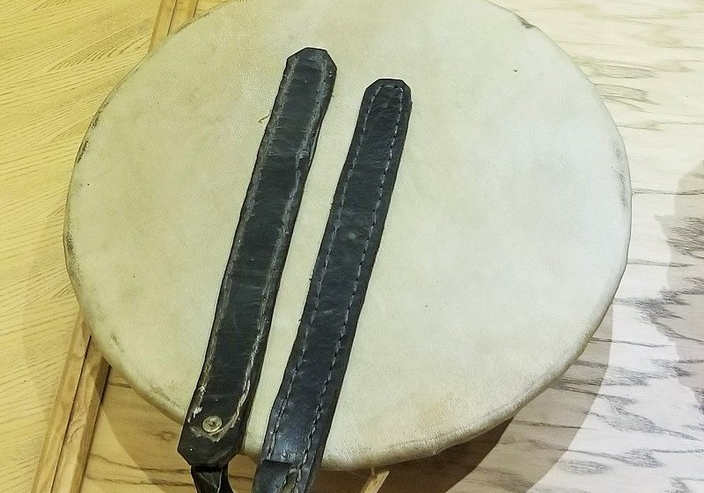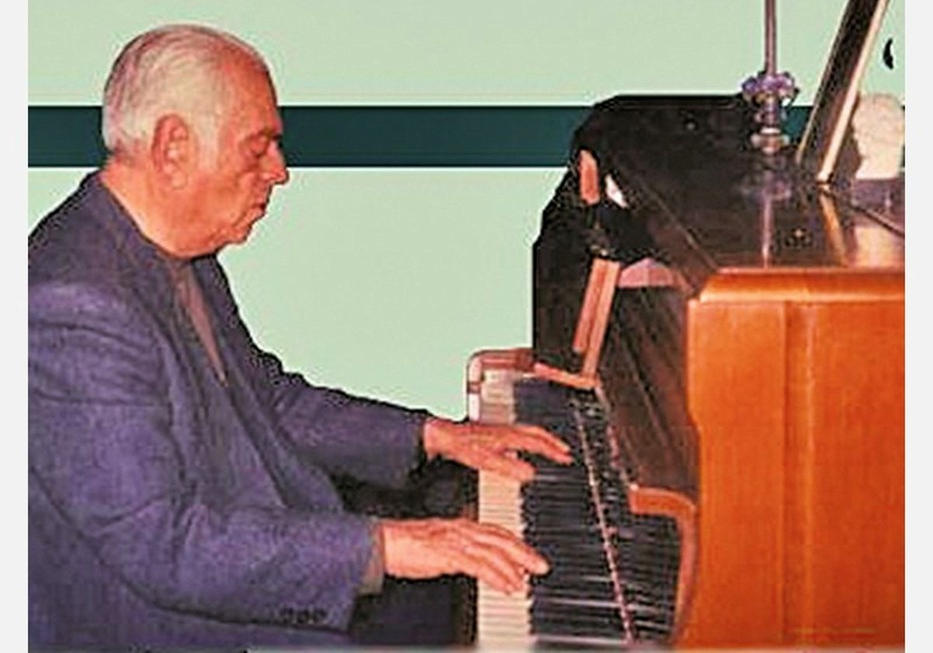
Nawha-khwani in Yazd
Nawha-khwani in Yazd
Every year in the month of Muharram Iranians mourn the anniversary of the martyrdom of Imam Hossein (AS), the third Imam of Shiites, with special customs and traditions in different parts of Iran. Muharram mourning in Yazd also has special rituals that are famous all over Iran. Among these customs and rituals mention should be made of the nawha-khwani, which is a combination of musical sounds and reciting poems by the mourners, creates a special and indescribable glory and is the most outstanding manifestation of the music of Yazd.
Different Elements of Yazdi Style of Nawha-khwani
The mourning of the people of Yazd in the month of Muharram comprises the four components of “reciter’s voice”, “melody”, “text of the poems recited”, and “coordinated responses of mourners”. This special form of mourning includes the recitation of eulogy by the maddah and a joint response by the mourners. According to the traditional mourning method in Iran, when the maddah is busy performing reciting eulogy, Yazidis accompany him rhythmically by beating their hands on their chests. The coordination in the performance of this type of mourning is very spectacular and impressive.
In order to create coordination in the group of mourners in singing laments together, one or two weeks before the beginning of mourning, the residents of the neighborhood gather in the centers of the congregation and review the laments with a choir-like performance.
The Importance of Poetry in Yazdi Lamentation
Yazdi style of maddahi is largely tied to poetry. In fact, there are poems that are written first and then the maddah adjusts melodies based on them. Sometimes putting a melody on a poem is done by a group of maddahs.
The themes of the poem recited cover a wide range of political and social issues to mourning and expressing sorrow, hence the performance of laments requires extensive vocal skill and lots of practice. One of the techniques in the Yazdi style of reciting eulogy is to slow down and speed up the rhythm, which is answered by three, five, and seven chest beats, or fast beats by the mourners.
The Role of Iranian Music in Yazd Style of Nawha-khwani
Many Yazdi maddahs are fully familiar with the nuances of traditional Iranian music and use the gushehs of Iranian musical dastgahs in their nawha-khwani. Some of the most famous Yazdi maddahs have performed songs and even released music albums.
The use of the dastgahs of Iranian music makes the modulation of laments sound pleasing and in addition to conveying sadness and mourning, it helps the maddah to perform emotional and epic laments.
When Did Today’s Style of Nawha-khwani Start in Yazd?
Mourning is performed in most parts of Iran with the presence of a maddah and melodious recitation of poetry and response by the mourners. Until a few decades ago, the style of mourning in Yazd was similar to other parts of Iran, but since half a century ago, there have been certain changes in this style of mourning that have made it richer in terms of music, melodies, and performances.
The late Haj Hossein Sa’adatmand (1950 to 2014 AD) is remembered as the person who founded the new style of Yazdi lamentation. Having mastered reciting eulogies in high pitches, Sa’adatmand used techniques of expression and low and high pitches in reciting eulogies. Sa’adatmand was well acquainted with Iranian music and had even released an album in the 1980s AD. However, he gradually focused on nawha-khwani and was able to create a special musical style in it, which has been inscribed on the list of Iran’s intangible cultural heritage after his name.
| Name | Nawha-khwani in Yazd |
| Country | Iran |
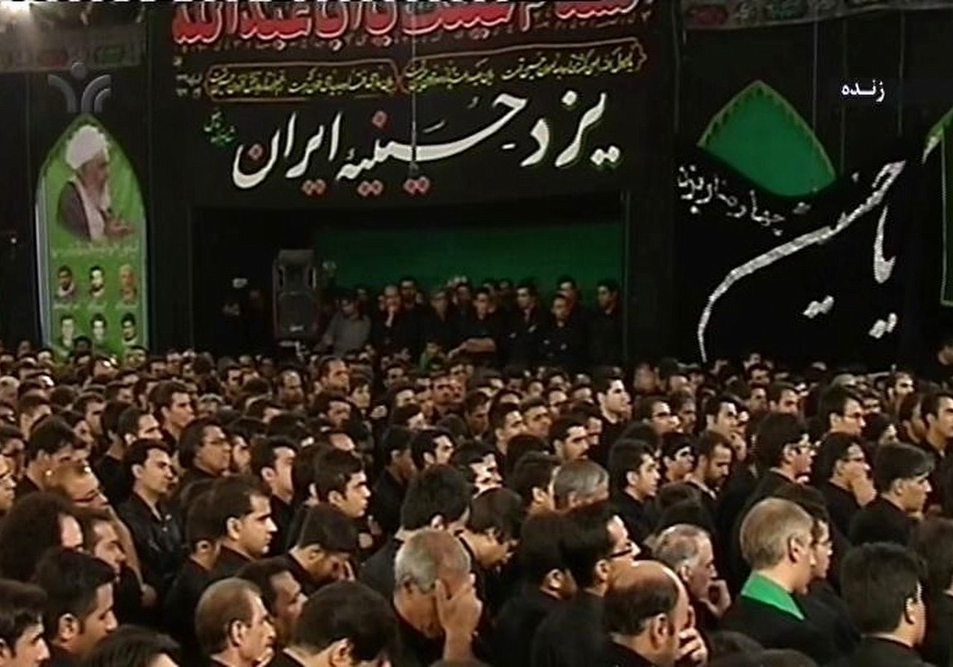
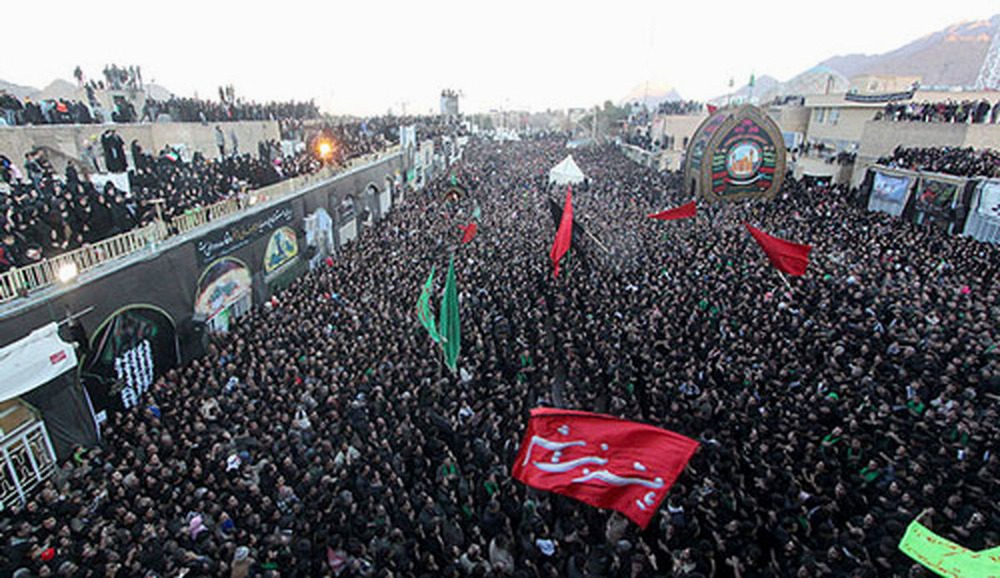
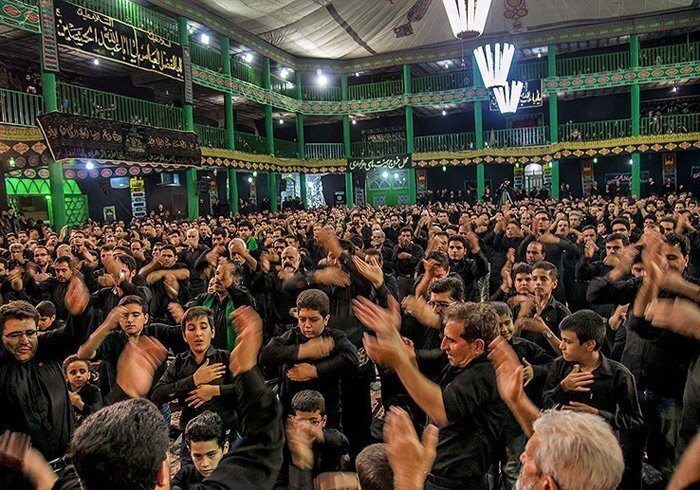



Choose blindless
Red blindless Green blindless Blue blindless Red hard to see Green hard to see Blue hard to see Monochrome Special MonochromeFont size change:
Change word spacing:
Change line height:
Change mouse type:

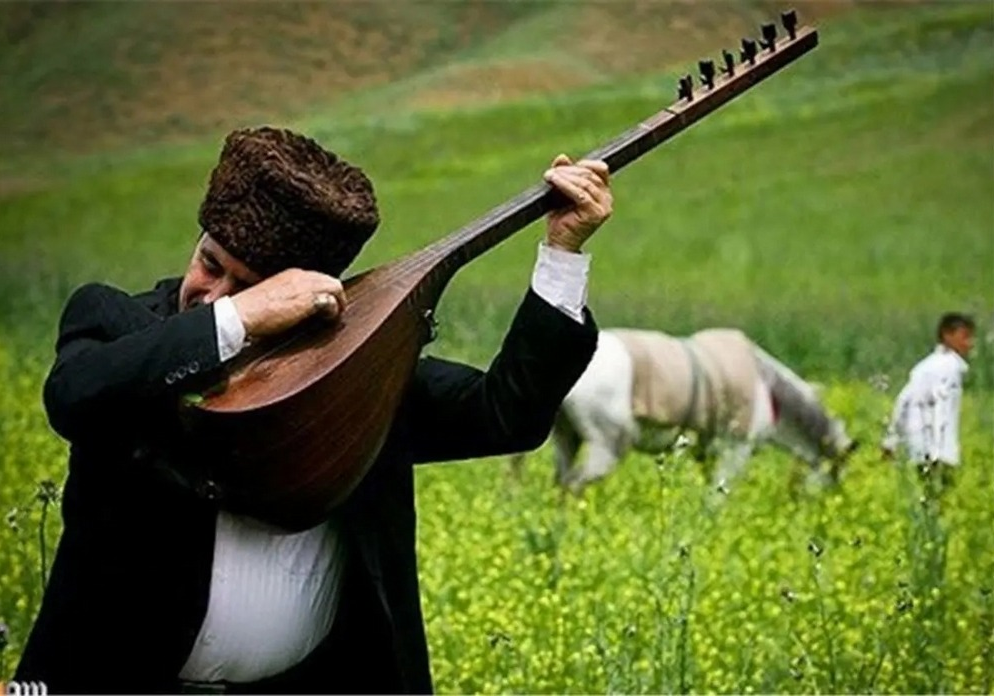
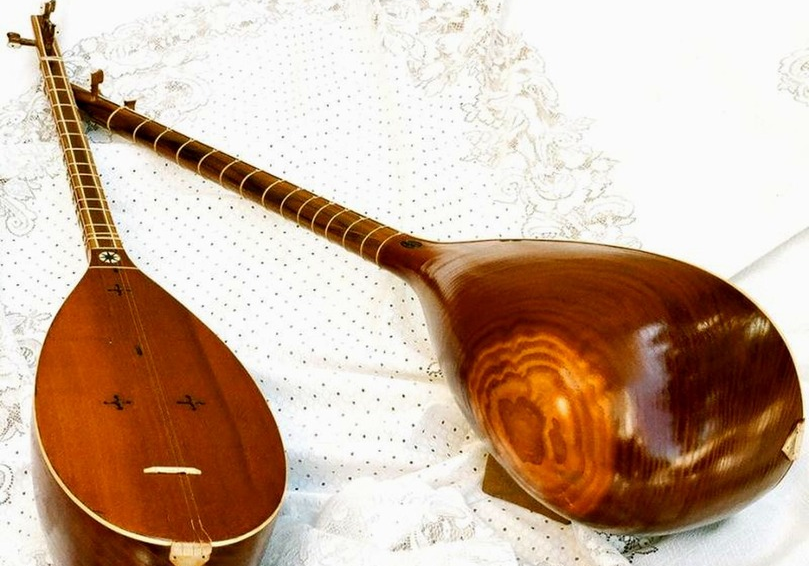
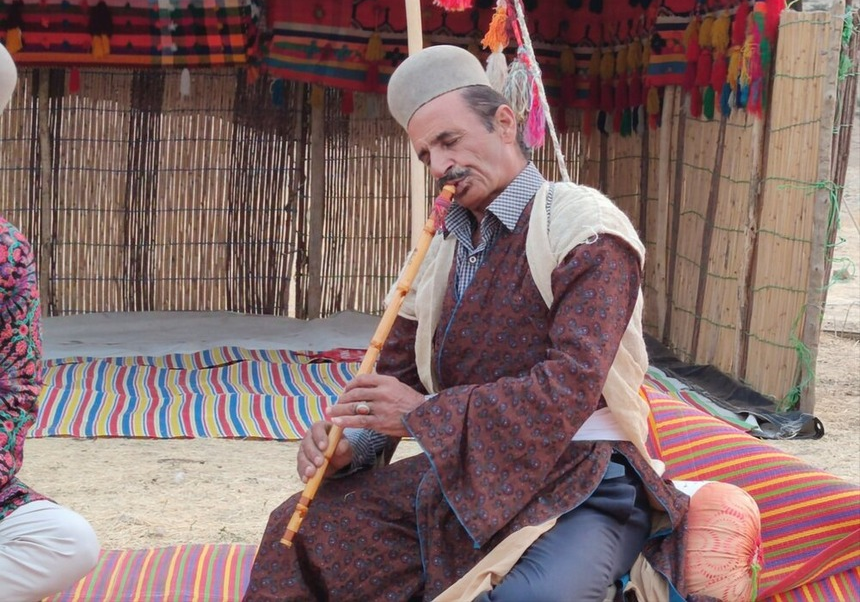
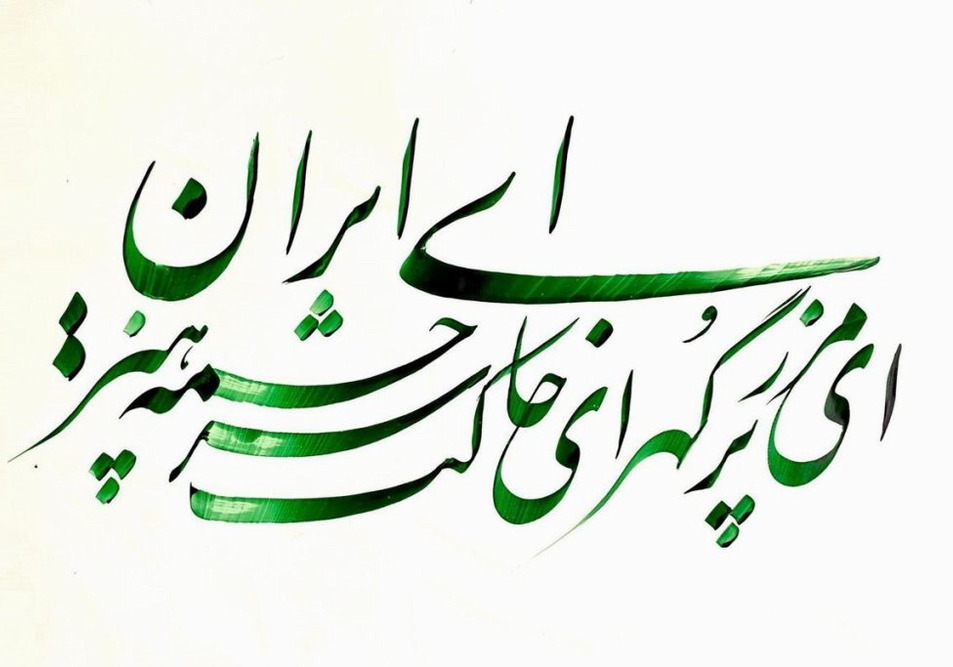
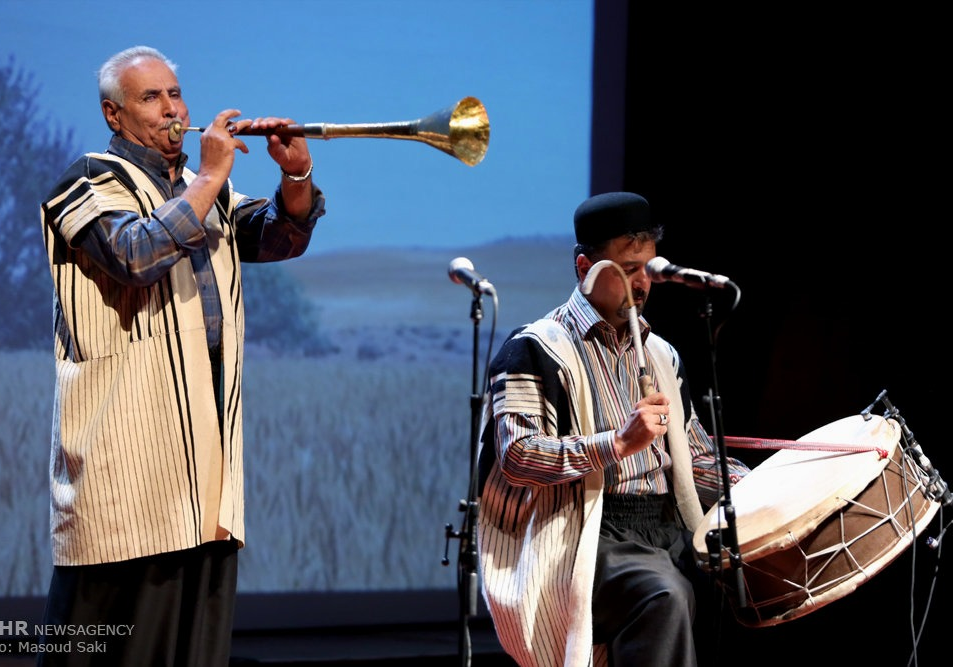

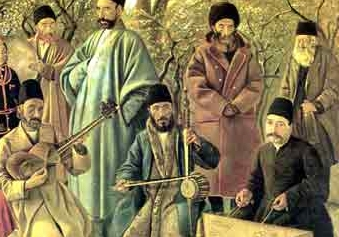
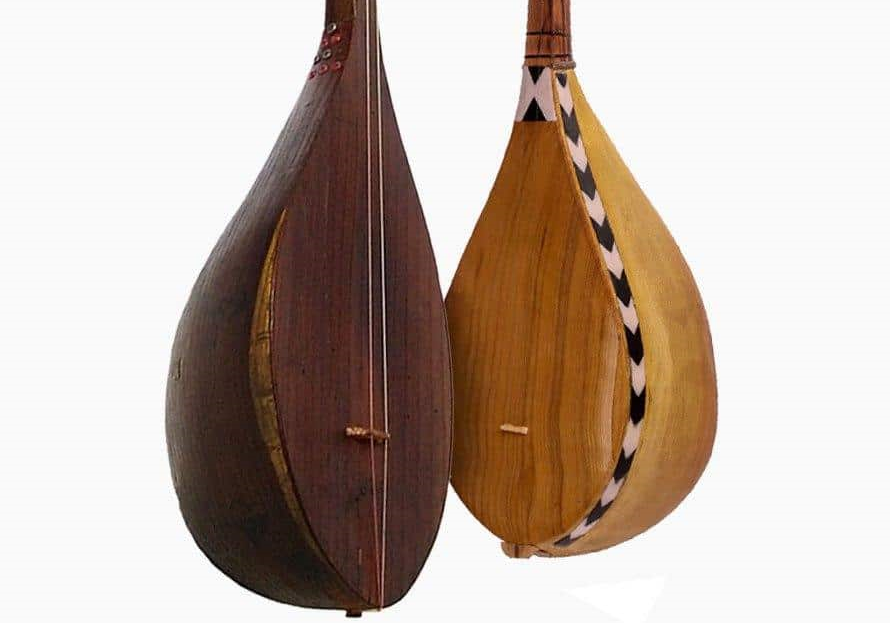
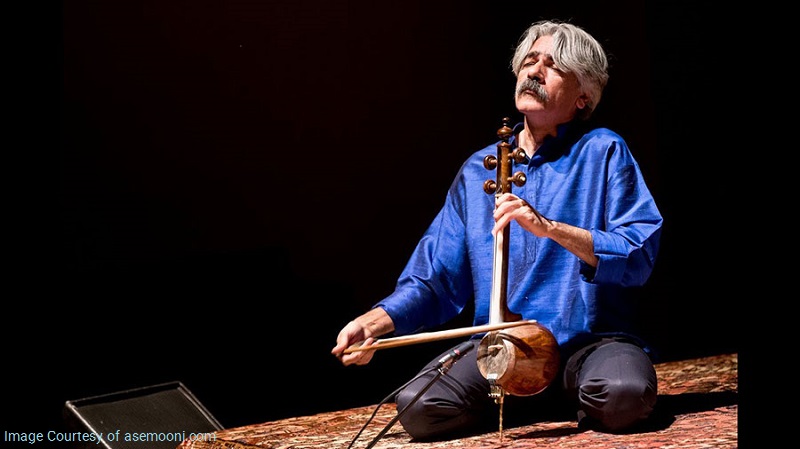
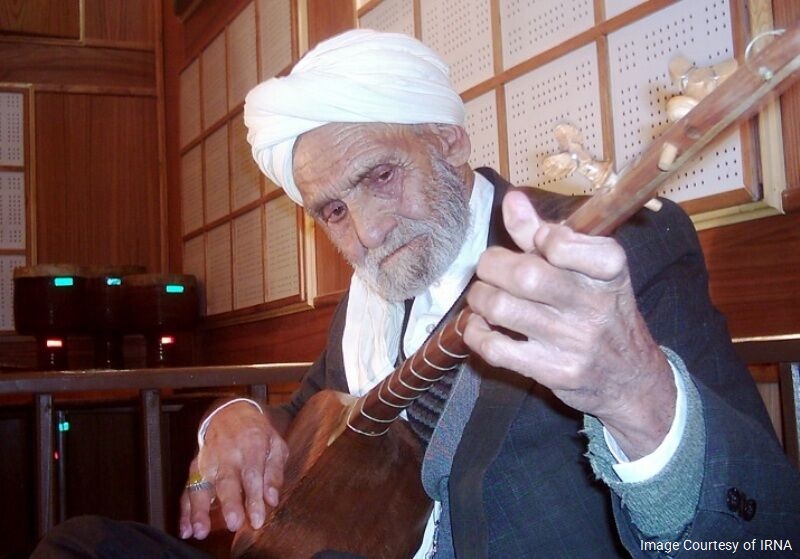
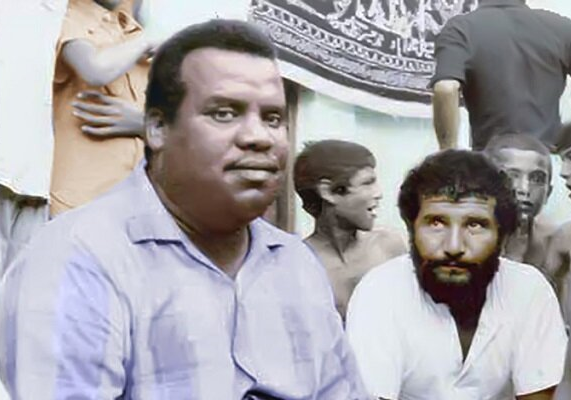
.jpg)
